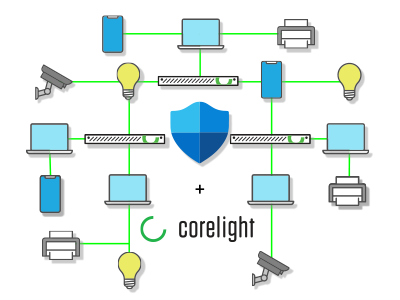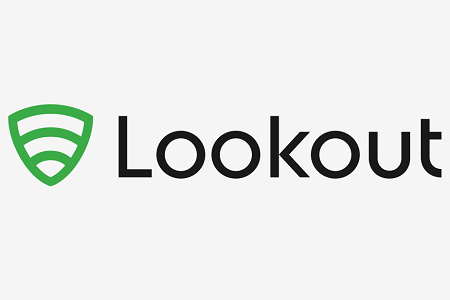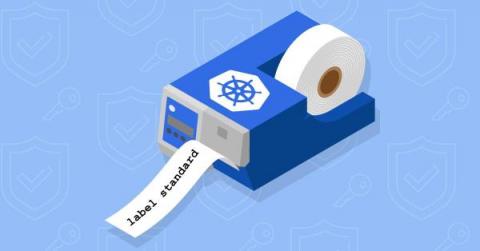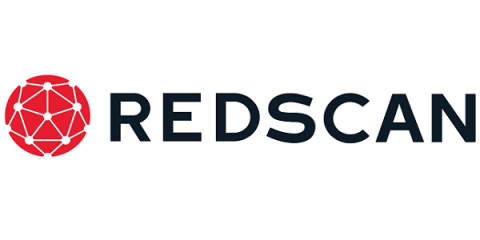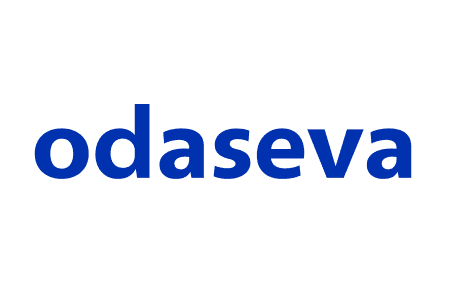Microsoft + Corelight partner to stop IoT attacks
When you hear the term “Internet of Things,” (IoT) do you picture home devices like lightbulbs, smart assistants, and wifi-connected refrigerators? Perhaps you think of enterprise devices like video conferencing systems, smart sensors, or security cameras? Or maybe traditional office equipment like VoIP phones, printers, and smart TVs come to mind. No matter what devices you imagine, IoT represents an ever-expanding attack surface.


